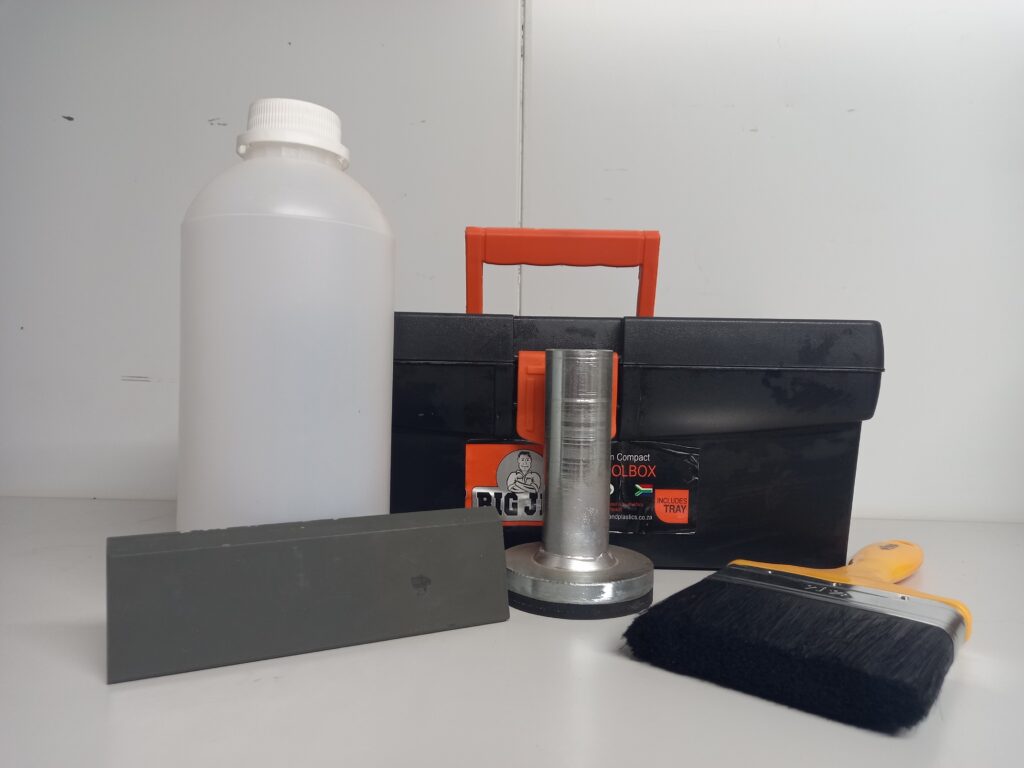Sand patch apparatus are primarily used to measure the macrotexture depth of a pavement surface, which is the average depth of voids between the peaks of the surface. This test provides valuable information about the friction and skid resistance characteristics of a road surface, influencing tire-pavement interactions.
Elaboration:
-
Purpose:The sand patch apparatus, also known as a texture depth apparatus, helps assess the roughness of a road surface by measuring how much sand or glass spheres are needed to fill the surface depressions.
-
Procedure:A measured volume of sand or glass spheres is spread onto a circular patch on the road surface. The depth of the voids is then calculated based on the volume of material needed to fill the patch.
-
Significance:This measurement is crucial for understanding the friction characteristics of the road surface, which directly impacts tire performance, safety, and noise levels.
-
Applications:Sand patch tests are commonly used for both new and existing road surfaces, particularly to ensure compliance with quality standards before the road is opened to traffic. They also help monitor the long-term wear and deterioration of pavement surfaces.
-
Components:A typical sand patch apparatus kit includes a spreader disc, measuring cylinder, graded sand or glass spheres, a compass, a graduated ruler, and brushes for cleaning the surface.
-
Alternative Methods:While the sand patch method is a widely used and established technique, other methods, such as the surface texture depth (STD) method, are also employed to assess surface texture.
Kit consist of:
- Carry Case
- Straight Edge 150mm
- 100mm Paint Brush
- 1L Plastic Bottle
- Sand Cylinder

